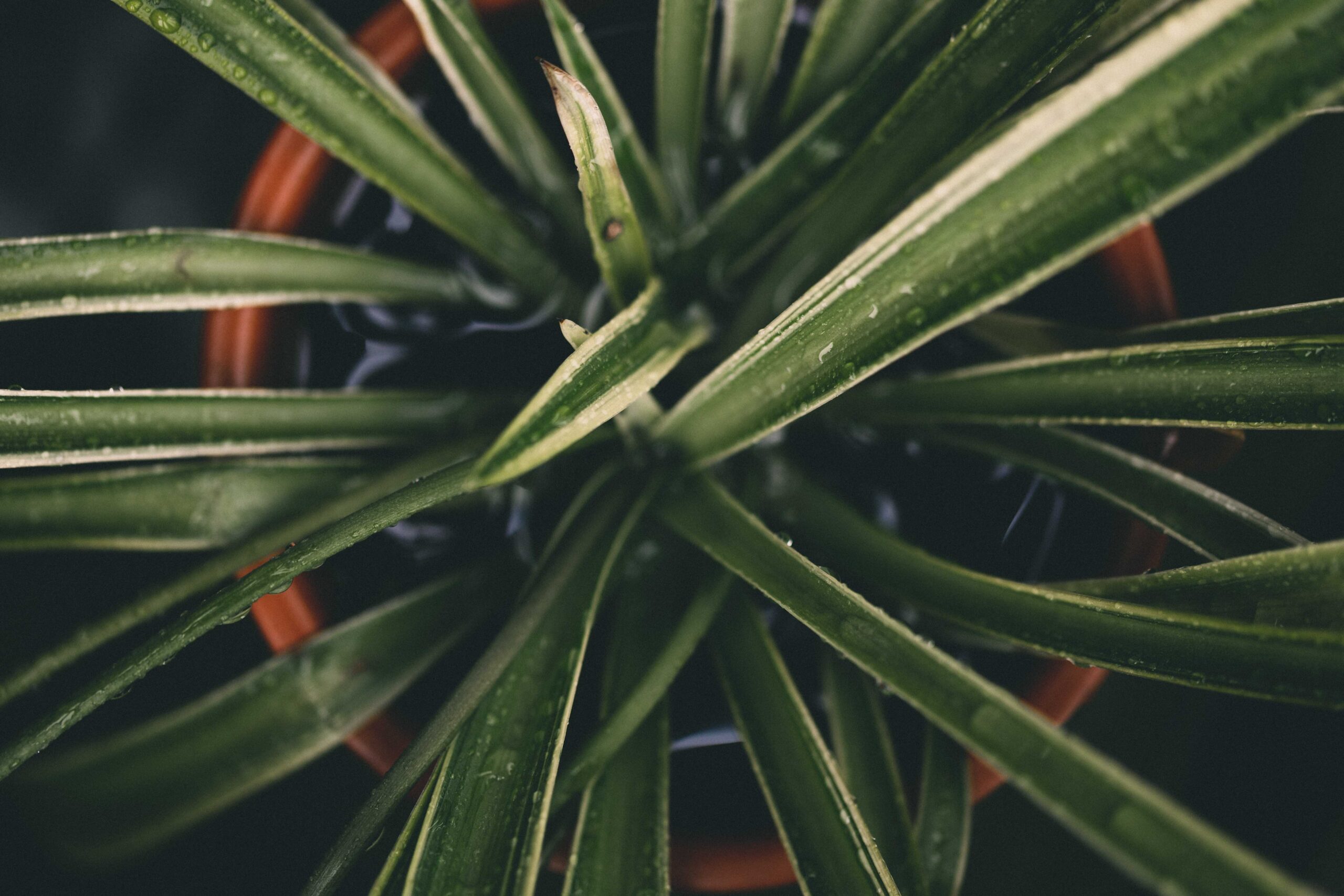Honeydew. If your houseplants are sticky, it is likely that they have a substance called honeydew on their leaves. Honeydew is a sticky, sugary substance that is secreted by certain insects, such as aphids, scale insects, or mealybugs, as they feed on the plant’s sap.
The honeydew can make your houseplants feel sticky to the touch and may also attract other problems, such as mold or ants. The presence of honeydew is an indication that your plants may have an insect infestation.
To address the sticky issue and deal with the underlying insect problem, here are some steps you can take:
- Inspect your plants: Carefully examine the affected plants to identify any signs of insects. Look for tiny bugs, such as aphids (small green, black, or brown insects), scale insects (small, dome-shaped pests), or mealybugs (white, cottony insects).
- Isolate infested plants: If you find any infested plants, it’s best to isolate them from other plants to prevent the infestation from spreading.
- Remove insects manually: For a minor infestation, you can remove the insects by hand. Use a soft cloth or cotton swab dipped in a mild soap and water solution to gently wipe away the pests. Make sure to clean both the tops and bottoms of the leaves, as well as the stems.
- Use insecticidal soap or oil: If the infestation is more severe, you can use insecticidal soap or oil, which are specifically formulated to control plant pests. Follow the instructions on the product carefully and apply it to the affected plants.
- Maintain plant health: Healthy plants are more resilient to pests and diseases. Ensure your plants are receiving proper care, including adequate light, appropriate watering, and a suitable growing environment.
- Monitor and repeat treatments: Keep an eye on your plants and continue monitoring for any signs of pests. If necessary, repeat the insecticidal soap or oil treatments to fully eliminate the infestation.
Remember to always read and follow the instructions on any pesticide or insecticidal product you use, as misuse can harm your plants. If the problem persists or worsens, it may be helpful to consult with a local gardening expert or horticulturist for further advice.
What is Honeydew?
Honeydew is a sticky, sugary substance that is produced by certain insects, primarily sap-feeding insects such as aphids, scale insects, and mealybugs. It is not related to the fruit known as honeydew melon.
When these insects feed on plants, they extract sap, which is rich in sugars. As a byproduct of their feeding process, they excrete excess sugars in the form of honeydew. Honeydew is often described as sticky, shiny, or even wet in appearance.
Honeydew serves as a valuable food source for other organisms, such as ants, wasps, and bees. In some cases, honeydew can promote the growth of sooty mold, a black fungus that thrives on the sugary residue. This mold can cover the plant’s leaves and inhibit photosynthesis if left uncontrolled.
The presence of honeydew on plants is often an indication of an insect infestation. If you notice sticky leaves or surfaces on your plants, it’s important to inspect them carefully for signs of insects and take appropriate measures to address the infestation and maintain the health of your plants.
How to Remove the (Honeydew) Stickiness of Indoor Plants?
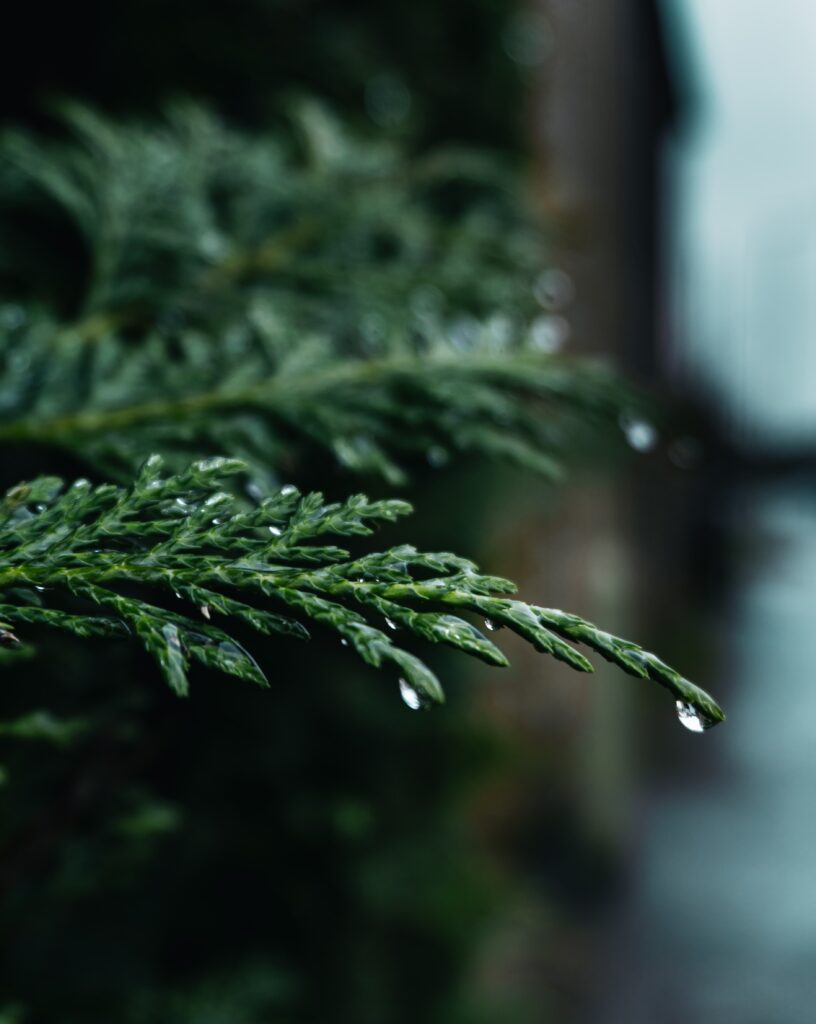
To remove stickiness from indoor plants, you can follow these steps:
- Prepare a cleaning solution: Mix a few drops of mild liquid dish soap or insecticidal soap with warm water in a spray bottle. Alternatively, you can use a mixture of equal parts water and rubbing alcohol.
- Test on a small area: Before applying the solution to the entire plant, test it on a small, inconspicuous area of the plant to ensure it doesn’t cause any damage or discoloration.
- Spray the solution: Lightly mist the affected areas of the plant with the cleaning solution. Focus on the leaves, stems, and any areas with visible stickiness. Be sure to cover both the tops and bottoms of the leaves.
- Gently wipe the leaves: After spraying, take a soft, clean cloth or sponge and gently wipe the leaves to remove the sticky residue. Avoid using excessive force, as it may damage the leaves.
- Repeat if necessary: If the stickiness persists, you may need to repeat the process a few times to completely remove the residue. Monitor the plant closely to ensure the stickiness doesn’t return.
- Rinse or wipe off excess solution: Once you’ve removed the sticky residue, you can either rinse the plant with clean water or wipe off any excess cleaning solution using a damp cloth.
- Dry the plant: Allow the plant to air dry in a well-ventilated area, avoiding direct sunlight if possible. Ensure that any excess moisture is drained away to prevent the growth of mold or fungal diseases.
- Monitor and prevent re-infestation: Keep a close eye on your plants to ensure the stickiness doesn’t return. Regularly inspect your plants for signs of pests and take appropriate measures, such as using insecticidal soap or natural remedies, to prevent or control infestations.
Remember to always follow the instructions on any cleaning products you use and be cautious not to use any harsh chemicals that could harm your plants. If the stickiness persists or you notice other issues with your plants, seeking advice from a local gardening expert or horticulturist can be helpful.
Is a Sticky or Slimy Plant the Sign of an Unhealthy Plant?
Not necessarily. While stickiness on plants can be a sign of an underlying issue, it doesn’t always mean that the plant is unhealthy. Stickiness is commonly caused by the presence of honeydew, a sugary substance secreted by certain insects that feed on plant sap.
When insects such as aphids, scale insects, or mealybugs infest a plant, they can produce honeydew, which makes the plant’s surface sticky. In this case, the stickiness is a symptom of an insect infestation rather than an inherent problem with the plant’s health.
However, prolonged insect infestations can weaken a plant and make it more susceptible to other diseases or stress. So, while stickiness alone might not indicate an unhealthy plant, it’s essential to address the underlying insect issue to maintain the plant’s overall health and vigor.
It’s important to regularly inspect your plants for signs of pests, monitor their growth and appearance, and provide them with appropriate care. Healthy plants are better able to resist pests and diseases, so maintaining good plant health practices, such as proper watering, sufficient light, and suitable growing conditions, is crucial.
Are Sticky Plants Toxic to Humans?
No. Sticky plants, in and of themselves, are typically not toxic to humans. The stickiness on plants is often caused by substances like honeydew, which is produced by insects feeding on the plant sap. While honeydew itself is not toxic, it can be a nuisance or cause minor discomfort for humans due to its sticky nature.
However, it’s important to note that the presence of stickiness on plants can sometimes be an indication of an underlying issue, such as an insect infestation. Some insects that produce honeydew may also transmit diseases or cause allergic reactions in sensitive individuals. In such cases, it is the insects themselves, rather than the stickiness, that pose a potential risk.
If you come into contact with sticky plant surfaces or honeydew, it’s generally safe. However, it’s always a good practice to wash your hands after handling plants, especially if you have allergies or sensitivities. Additionally, if you suspect an insect infestation on your plants, it’s advisable to take appropriate measures to address the issue and minimize any potential risks associated with the insects themselves.
If you have concerns about a specific plant or its stickiness, it can be helpful to consult with a local gardening expert or a healthcare professional for further guidance based on your specific situation.
Are Sticky Plants Toxic to Pets?
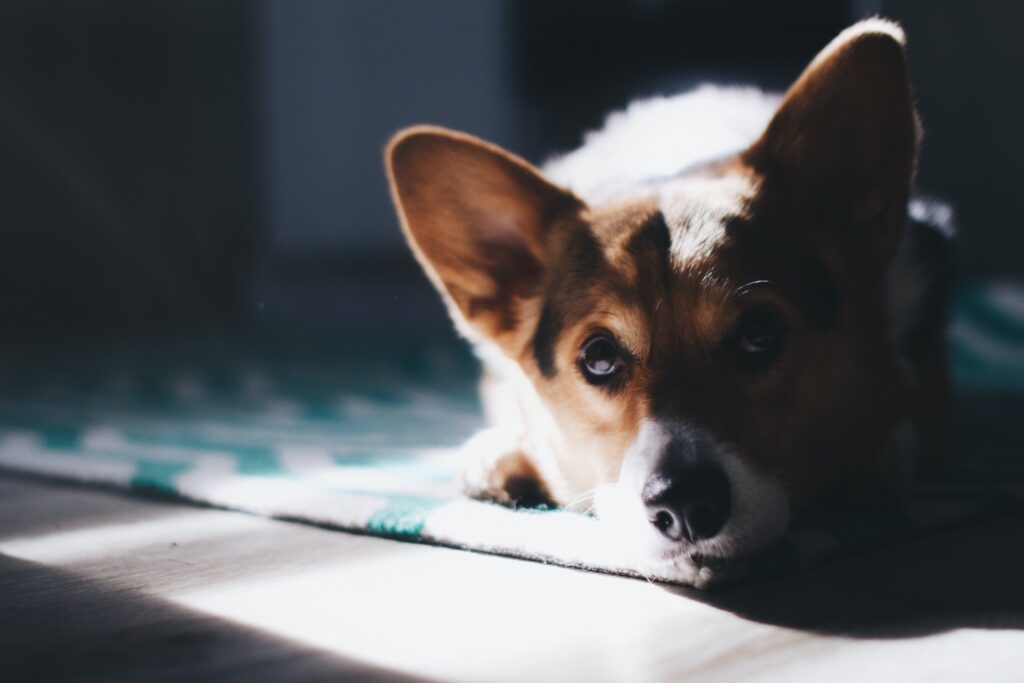
Sticky plants themselves are not inherently toxic to pets. The stickiness on plants is usually caused by substances like honeydew, which is the sugary residue left behind by certain insects like aphids, scale insects, or mealybugs.
While the stickiness itself may not be toxic, it can attract other problems. For example, ants or other insects may be attracted to the sticky residue, and the presence of these insects could pose a risk to pets if they bite or sting. Additionally, the insects producing the honeydew may also cause harm to the plant itself, leading to potential toxicity issues if pets ingest the affected plant parts.
It’s important to consider the specific plant species and any potential toxic effects they may have on pets. Some plants can be toxic to animals if ingested, even if they are not directly related to the sticky residue. It’s always a good idea to research and identify the plant species in question and determine if they pose any risks to your particular pets.
If you suspect that your pet has ingested a sticky plant or plant parts, or if you observe any unusual behavior or symptoms, it is best to consult with a veterinarian for guidance. They can provide you with the most accurate information based on your pet’s species, breed, and medical history, and help determine the best course of action.
Should I Wipe off or Clean Plants that have Become Sticky?
Yes, it is generally a good idea to clean or wipe off plants that have become sticky. The stickiness is often caused by substances like honeydew, which can attract dust, dirt, and promote the growth of sooty mold. Cleaning the plants can help improve their appearance, maintain their health, and prevent further issues.
To clean sticky plants, you can follow these steps:
- Create cleaning solution: Mix a few drops of mild liquid dish soap or insecticidal soap with warm water in a spray bottle. Alternatively, you can use a mixture of equal parts water and rubbing alcohol.
- Test it first: Before applying the solution to the entire plant, test it on a small, inconspicuous area to ensure it doesn’t cause any damage or discoloration.
- Spray the solution: Lightly mist the affected areas of the plant with the cleaning solution. Focus on the leaves, stems, and any areas with visible stickiness. Be sure to cover both the tops and bottoms of the leaves.
- Wipe the leaves: After spraying, take a soft, clean cloth or sponge and gently wipe the leaves to remove the sticky residue. Avoid using excessive force, as it may damage the leaves.
- Wipe off the excess: Once you’ve removed the sticky residue, you can either rinse the plant with clean water or wipe off any excess cleaning solution using a damp cloth.
- Dry the leaves: Allow the plant to air dry in a well-ventilated area, avoiding direct sunlight if possible. Ensure that any excess moisture is drained away to prevent the growth of mold or fungal diseases.
Regular cleaning of your plants can help keep them free from dust, maintain their aesthetic appeal, and promote healthy growth. However, it’s important to be cautious not to over-clean or use harsh chemicals, as this can damage the plant’s foliage. Observe your plants and clean them as needed, taking care to follow proper cleaning techniques.
My Plant has a Slimy Residue on it, What does this Mean?
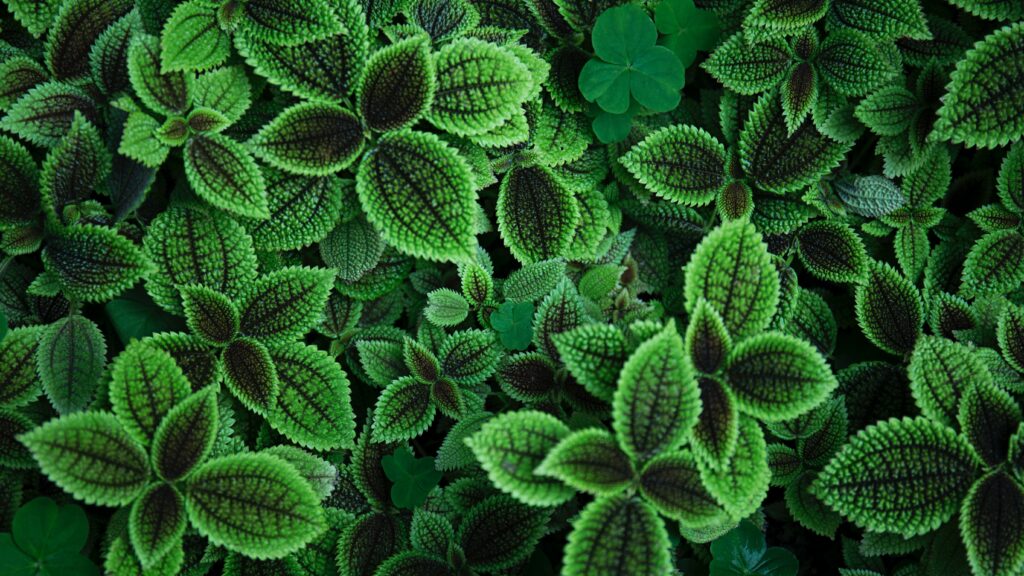
If your plant has a sticky residue on it, it is likely caused by the presence of honeydew. Honeydew is a sugary substance that is secreted by certain insects as they feed on plant sap. The stickiness is often an indication of an insect infestation on your plant.
Common insects that produce honeydew include aphids, scale insects, and mealybugs. These pests extract sap from the plant, and as a result, excrete the excess sugars in the form of honeydew. The honeydew can accumulate on the leaves, stems, and other surfaces of the plant, creating a sticky residue.
It’s important to address the underlying insect issue to protect the health of your plant. Inspect your plant closely for signs of insects such as tiny bugs, clusters of small dome-shaped pests, or cottony white insects. If you identify an infestation, take appropriate measures to control the insects, such as manual removal, using insecticidal soaps, or other suitable pest control methods.
In addition to being sticky, honeydew can attract other problems. It can promote the growth of sooty mold, a black fungus that thrives on the sugary residue, which can cover the plant’s leaves and inhibit photosynthesis. The stickiness may also attract ants or other insects that feed on honeydew.
By addressing the insect infestation and removing the sticky residue, you can help your plant recover and prevent further issues. Regular monitoring and proper plant care, including sufficient light, appropriate watering, and a suitable growing environment, can also help maintain plant health and reduce the likelihood of future infestations.
Do Sticky Plants Keep Away Pests?
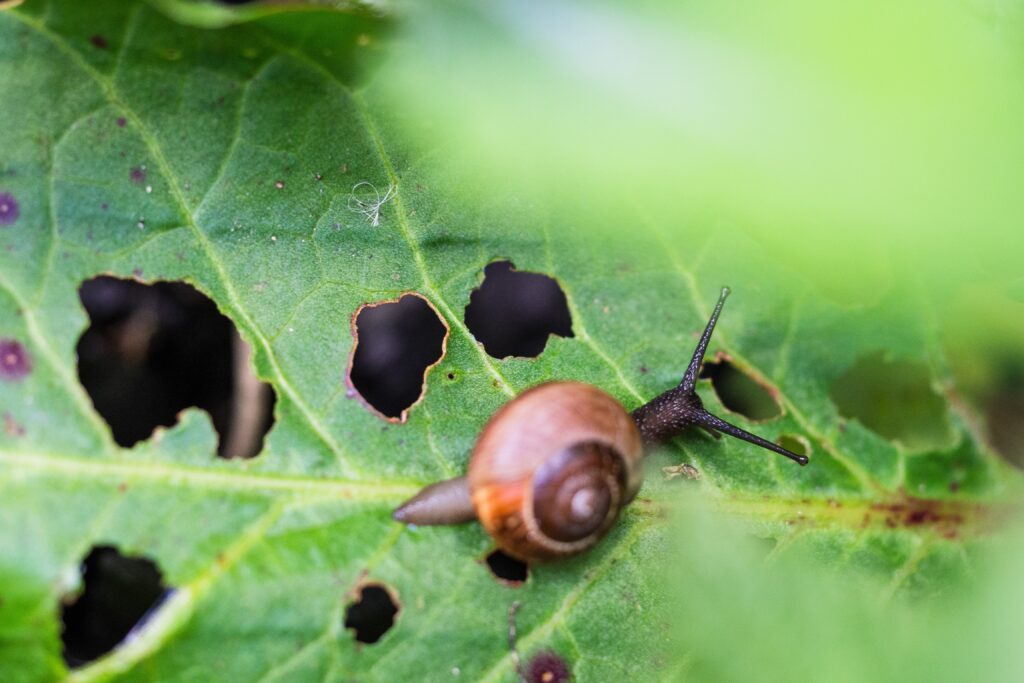
Not necessarily. Sticky plants themselves do not necessarily keep away pests. However, there are certain types of sticky traps or adhesive products that can be used as pest control measures.
Sticky traps, often made of yellow or blue sticky surfaces, can be effective in attracting and trapping flying insects such as fungus gnats, whiteflies, or fruit flies. These traps work by luring the pests with their color and stickiness, preventing them from reaching the plants and reducing their population.
Additionally, some insect control products, like sticky tapes or glues, can be used to create physical barriers that trap crawling insects like ants or other pests attempting to climb plant stems or access foliage.
However, it’s important to note that sticky traps or adhesive products are generally used as a complementary method of pest control and are not a standalone solution. They are most effective when combined with other pest management strategies, such as proper sanitation, cultural practices, and, if necessary, targeted insecticides.
When it comes to the natural stickiness of plants caused by substances like honeydew, it does not function as a repellent for pests. In fact, honeydew can attract certain pests, like ants or wasps, that are attracted to the sugary residue. This is why addressing the underlying insect infestation causing the honeydew is important to prevent further pest issues.
In summary, while sticky traps or adhesive products can be used as a form of pest control, the natural stickiness of plants itself does not repel pests. Proper pest management practices, including identification, prevention, and targeted control methods, are essential for effective pest control in both indoor and outdoor environments.
How to Remove Sticky Plant Sap from Clothing?
To remove sticky plant sap from clothing, you can follow these steps:
- Act quickly: It’s best to address the sticky sap as soon as possible before it has a chance to dry and set into the fabric.
- Scrape off excess sap: Use a dull knife, spoon, or a similar tool to gently scrape off any excess sap from the clothing. Be careful not to damage or pull the fabric fibers.
- Pre-treat the stain: Apply a pre-treatment stain remover or a small amount of liquid laundry detergent directly onto the sticky sap stain. Gently rub the stain remover into the fabric with your fingers or a soft brush. Allow it to sit for a few minutes to penetrate the stain.
- Rinse with cold water: Rinse the stained area under cold running water, using your fingers to rub the fabric together gently. This will help to further loosen and remove the sap from the clothing.
- Launder as usual: Wash the garment according to the care instructions on the clothing label. Check the label for any specific temperature recommendations or warnings. Use a suitable laundry detergent and wash the clothing using the appropriate cycle.
- Check for residue: After washing, carefully inspect the clothing to ensure that the sap stain has been completely removed. If any residue remains, repeat the steps above or consider using a stain remover or spot treatment product specifically designed for sticky or resinous stains.
- Air dry: Avoid using a clothes dryer until you are sure the stain has been fully removed. Heat from the dryer can set the stain permanently, making it more difficult to remove later. Instead, let the clothing air dry naturally.
If the sticky sap stain persists or if you are dealing with a delicate or valuable garment, it may be advisable to seek professional help or consult a dry cleaner, as they have experience in handling and removing stubborn stains from clothing.
Remember to always follow the instructions provided by the stain remover or laundry detergent manufacturer, and perform a patch test on a small, inconspicuous area of the fabric before treating the entire stain to ensure it does not cause any damage or discoloration.
How to Remove Sticky Plant Sap from Hair?
Removing sticky plant sap from hair can be a bit tricky, but you can try the following steps to remove it:
- Don’t panic: It’s important to stay calm and avoid pulling or tugging at the hair, as this may cause discomfort or damage.
- Apply oil or conditioner: Begin by applying a generous amount of a natural oil, such as olive oil, coconut oil, or baby oil, to the affected area. You can also use a hair conditioner or hair detangler product. The goal is to coat the sticky sap to help break it down and make it easier to remove.
- Let it sit: Allow the oil or conditioner to sit on the hair for a few minutes. This will give it time to soften the sticky sap.
- Gently comb or brush: Using a wide-toothed comb or a soft-bristle brush, gently comb through the hair, starting from the ends and working your way up towards the scalp. Be patient and take your time to avoid causing discomfort or hair breakage. The oil or conditioner should help to loosen the sap, making it easier to remove.
- Repeat if necessary: Depending on the amount and stickiness of the sap, you may need to repeat the process multiple times until the sap is completely removed.
- Wash and condition: Once the sap is removed, wash your hair with a mild shampoo and condition as usual to remove any residue from the oil or conditioner.
- Use a clarifying treatment: If there is any remaining stickiness or residue in the hair, you can try using a clarifying shampoo or a vinegar rinse to further cleanse the hair and remove any lingering sap.
It’s important to note that some hair types may be more susceptible to damage, so if you have concerns or are unsure about the process, it may be best to seek assistance from a professional hair stylist or a salon.
Remember to be gentle and patient when removing sticky sap from hair to minimize any potential hair damage or discomfort.
How to Remove Sticky Plant Sap from Carpet and Upholstery?
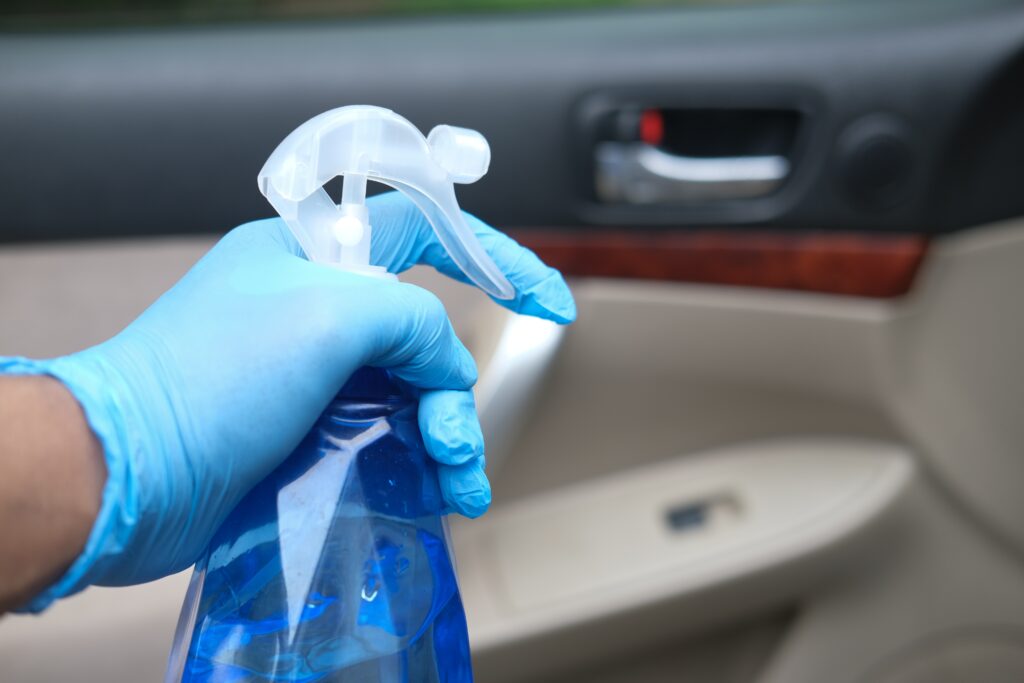
To remove sticky plant sap from carpet, you can follow these steps:
- Act Fast: It’s best to address the sticky sap as soon as possible to prevent it from further spreading or setting into the carpet fibers.
- Scrape off excess sap: Use a dull knife, spoon, or a similar tool to gently scrape off any excess sap from the carpet fibers. Be careful not to damage or pull the carpet fibers.
- Apply a cleaning solution: Mix a solution of warm water and mild liquid dish soap. Alternatively, you can use a carpet cleaner specifically designed for removing stains.
- Test the solution: Before applying the solution to the stained area, test it on a small, inconspicuous area of the carpet to ensure it doesn’t cause any damage or discoloration.
- Blot the stain: Moisten a clean white cloth or paper towel with the cleaning solution. Blot the sticky sap stain gently, starting from the outer edges and working towards the center. Avoid rubbing, as this may cause the stain to spread or go deeper into the carpet fibers.
- Repeat the blotting process: Continue blotting the stain with the cleaning solution until the sticky sap is no longer transferring onto the cloth or paper towel. It may take several rounds of blotting to fully remove the stain.
- Rinse the area: Moisten another clean cloth or paper towel with plain water and blot the area to rinse out any remaining cleaning solution.
- Dry the carpet: After removing the sticky sap, use a dry cloth or paper towel to blot the area and absorb any excess moisture. Allow the carpet to air dry completely.
If the sticky sap stain persists or if you prefer professional assistance, it may be advisable to contact a professional carpet cleaner. They have specialized tools and products to handle stubborn stains effectively.
Remember to always follow the instructions provided by the carpet cleaner or stain remover manufacturer and test any solutions on a small, inconspicuous area of the carpet before treating the entire stain to avoid any potential damage to the carpet fibers or color.
My Plant is Dripping Goo and Wet, why is this Happening?
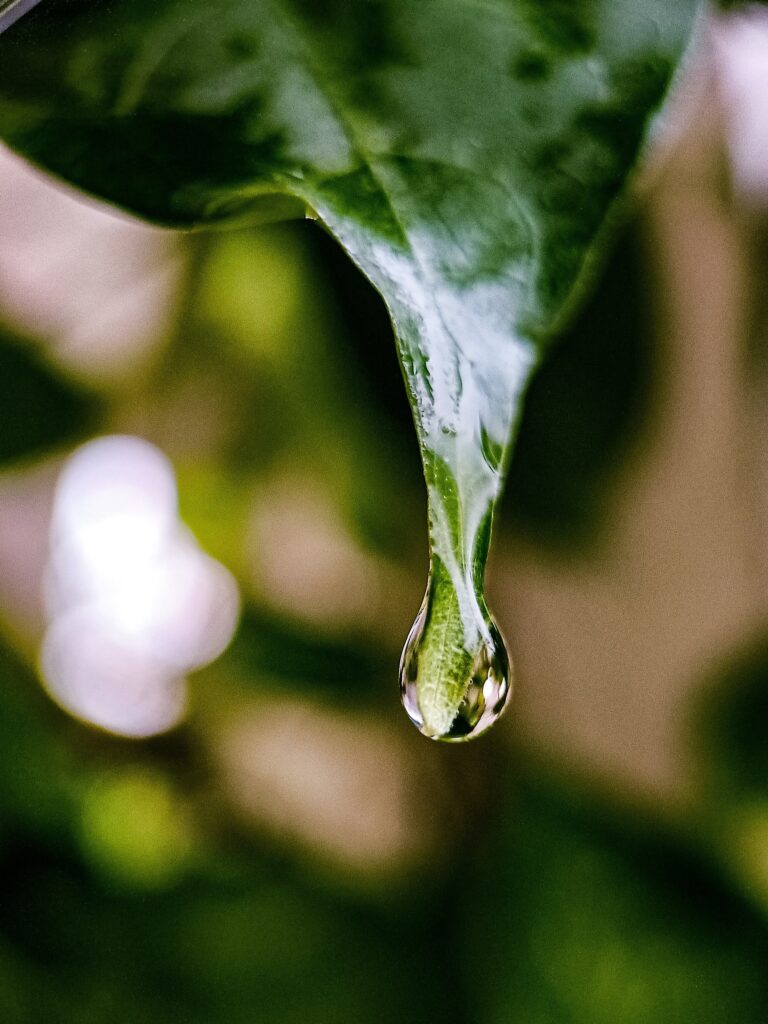
If your plant is dripping goo and wet, it could be due to a few different reasons:
- Overwatering: One possibility is that you may be overwatering your plant. Excess water can lead to root rot or poor drainage, causing the plant to release excessive moisture or sap. It’s important to ensure that you are following the appropriate watering guidelines for your specific plant species and that the pot or container has proper drainage to allow excess water to escape.
- Pests: Certain pests, like aphids or scale insects, can feed on plant sap and excrete a sticky substance called honeydew. This honeydew can accumulate on the plant and cause it to appear wet and gooey. If you notice the presence of pests on your plant, it’s important to address the infestation to prevent further damage.
- Plant disease: Some plant diseases, such as bacterial or fungal infections, can cause the plant to produce excessive moisture or sap. These diseases can lead to the plant appearing wet or gooey. If you suspect a disease, it’s best to consult a plant professional or horticulturist for a proper diagnosis and treatment plan.
- Natural secretion: Some plants naturally produce a gooey or sticky substance, such as certain types of sap or resin. This secretion can be a normal part of the plant’s growth and defense mechanisms. In such cases, it may not necessarily indicate a problem with the plant’s health.
To determine the exact cause of the gooey and wet appearance of your plant, it’s important to carefully examine the plant, including the leaves, stems, and roots. Look for signs of pests, disease, or overwatering. If you are unsure or concerned about the health of your plant, consider consulting a local plant expert, such as a horticulturist or a plant nursery, who can provide specific guidance based on the characteristics of your plant and its environment.

